
Theodore Roosevelt Jr., often referred to as Teddy or by his initials, T. R., was an American politician, statesman, conservationist, naturalist, and writer who served as the 26th president of the United States from 1901 to 1909. He previously held various positions in New York politics, rising up the ranks to serve as the state's 33rd governor for two years. He later served as the 25th vice president under President William McKinley for six months in 1901, assuming the presidency after McKinley's assassination. As president, Roosevelt emerged as a leader of the Republican Party and became a driving force for anti-trust and Progressive policies.

The 1912 United States presidential election was the 32nd quadrennial presidential election, held on Tuesday, November 5, 1912. Democratic Governor Woodrow Wilson of New Jersey unseated incumbent Republican President William Howard Taft while defeating former President Theodore Roosevelt and Socialist Party nominee Eugene V. Debs.
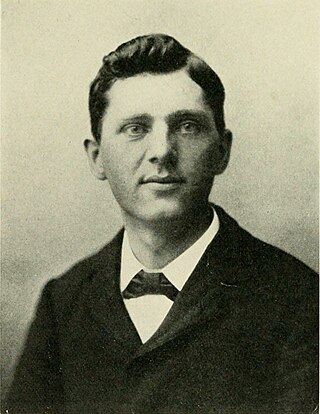
Leon F. Czolgosz was an American laborer and anarchist who assassinated President William McKinley on September 6, 1901, in Buffalo, New York. The president died on September 14 after his wound became infected. Caught in the act, Czolgosz was tried, convicted, and executed by the State of New York seven weeks later on October 29, 1901.

George Bruce Cortelyou was an American cabinet secretary of the early twentieth century. He served in various capacities in the presidential administrations of Grover Cleveland, William McKinley, and Theodore Roosevelt.

On October 14, 1912, former saloonkeeper John Schrank (1876–1943) attempted to assassinate former U.S. President Theodore Roosevelt while he was campaigning for the presidency in Milwaukee, Wisconsin. Schrank's bullet lodged in Roosevelt's chest after penetrating Roosevelt's steel eyeglass case and passing through a thick single-folded copy of the speech titled "Progressive Cause Greater Than Any Individual", which he was carrying in his jacket. Schrank was immediately disarmed and captured; he might have been lynched had Roosevelt not shouted for Schrank to remain unharmed. Roosevelt assured the crowd he was all right, then ordered police to take charge of Schrank and to make sure no violence was done to him.

Erding is a town in Bavaria, Germany, and capital of the rural district of the same name. It had a population of 36,469 in 2019.

The Progressive Party, popularly nicknamed the Bull Moose Party, was a third party in the United States formed in 1912 by former president Theodore Roosevelt after he lost the presidential nomination of the Republican Party to his former protégé turned rival, incumbent president William Howard Taft. The new party was known for taking advanced positions on progressive reforms and attracting leading national reformers. The party was also ideologically deeply connected with America's radical-liberal tradition.

Mercy Hospital and Medical Center now called Insight Hospital and Medical Center Chicago is a 414-bed general medical and surgical Catholic teaching hospital in Chicago, Illinois. Established in 1852, the hospital was the first chartered hospital in Chicago. In 1859, Mercy Hospital became the first Catholic hospital to affiliate with a medical school—Lind Medical School—and the first to require a graded curriculum.

William McKinley, the 25th president of the United States, was shot on the grounds of the Pan-American Exposition in the Temple of Music in Buffalo, New York, on September 6, 1901, six months into his second term. He was shaking hands with the public when an anarchist, Leon Czolgosz, shot him twice in the abdomen. McKinley died on September 14 of gangrene caused by the wounds. He was the third American president to be assassinated, following Abraham Lincoln in 1865 and James A. Garfield in 1881.

The first inauguration of Theodore Roosevelt as the 26th president of the United States, took place on Saturday, September 14, 1901, at the Ansley Wilcox House, at 641 Delaware Avenue in Buffalo, New York, following the death of President William McKinley earlier that day. The inauguration – the fifth non-scheduled, extraordinary inauguration to ever take place and the first in the 20th century – marked the commencement of the first term of Theodore Roosevelt as president. John R. Hazel, U.S. District Judge for the Western District of New York, administered the presidential oath of office.

Dodge Correctional Institution(DCI) is an adult male maximum-security correctional facility operated by the Wisconsin Department of Corrections Division of Adult Institutions in Waupun, Wisconsin, US. The facility was converted from the Central State Hospital for the Criminally Insane to an adult correctional facility in 1977 at a cost of $2.47 million of general obligation bonds, as authorized by Chapter 29 of the Laws of 1977. The first two inmates were transferred from the nearby Waupun Correctional Institution to DCI on May 15, 1978. On October 29, 1993, ground was broken for a $45 million expansion which more than doubled the size of the facility. On June 17, 1996, the first female prisoner was admitted to DCI making it the only reception center for both male and female adult felons committed to the Wisconsin Department of Corrections. DCI served as the reception center for both male and female inmates until December 1, 2004, when the female reception center moved to the Taycheedah Correctional Institution. DCI also serves as the central medical center for the division, providing both in-patient and out-patient care for male and female inmates.
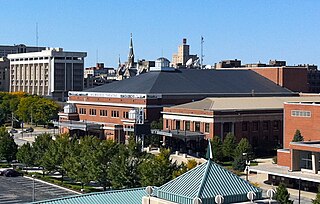
Miller High Life Theatre is a theatre located in Milwaukee, Wisconsin. The building was extensively renovated between 2001 and 2003, at which point its name changed to the Milwaukee Theatre. A naming rights deal changed its name in 2017 to the Miller High Life Theatre. It seats 4,086 people and can be configured into a more intimate venue that seats 2,500. It is located at 500 W. Kilbourn Avenue in downtown Milwaukee.

Winnebago Mental Health Institute (WMHI), formerly the Winnebago State Hospital, is a psychiatric hospital near Oshkosh, Wisconsin, United States located in the unincorporated community of Winnebago, Wisconsin.
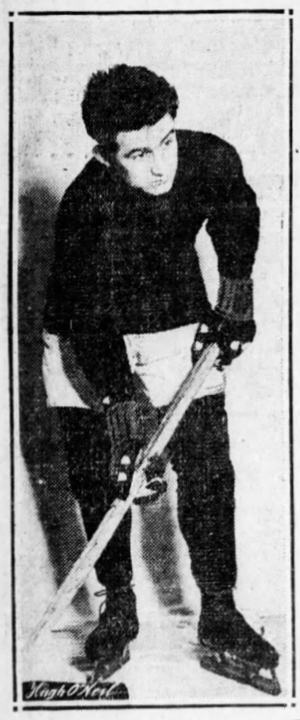
John William McGrath was a Canadian amateur ice hockey player and private secretary and advisor to former President of the United States Theodore Roosevelt between 1912 and 1916.
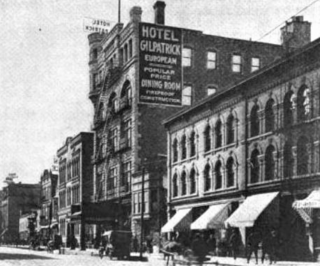
Gilpatrick Hotel was situated at 223 Third Street in Milwaukee, Wisconsin, in the United States. It was opened in 1907 and was operated by members of the Gilpatrick family. The hotel was the site of the attempted assassination of Theodore Roosevelt in 1912.
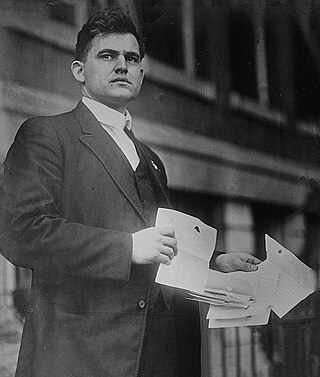
Elbert Eli Martin was Theodore Roosevelt's stenographer. He is known for tackling perpetrator John Schrank after the attempted assassination of Theodore Roosevelt. Martin went on to serve in the Vermont General Assembly.

The Hyatt Regency Milwaukee is located at 333 West Kilbourn Avenue in Downtown Milwaukee, Wisconsin, in the United States. The 21-story hotel was built in 1979 and is owned by Cambridge Landmark, a Miami-based private equity firm.























